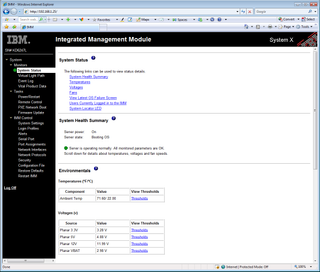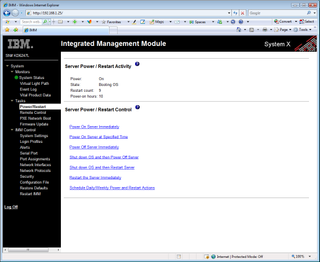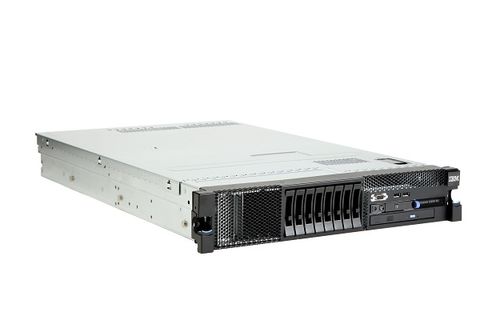IT Pro Verdict
The x3650 M2 is one of the best rack servers we’ve yet seen from IBM. Storage and memory potential aren’t as good as HP’s ProLiant DL380 G6 but support for up to 12 SFF SAS/SATA/SSD hard disks isn’t to be sniffed at. Remote management sees some major improvements, power consumption is comparatively low and it looks good value as well.
IBM's latest 2U rack server has versatility as its middle name as along with support for Intel's Series 5500 Xeons, the x3650 M2 aims to offer a fine selection of storage options, greatly improved management facilities and a keen focus on virtualisation. In this particular marketplace, the mighty ProLiant DL380 G6 is king of the hill and in this review we see whether IBM can take HP down.
Initial installation is easier than ever, as IBM's new UEFI (unified extensible firmware interface) provides access to a setup menu for general server configuration, a boot device manager and a diagnostics GUI. However, you do still need to boot the server with the ServerGuide disk to install an OS. Dell's Lifecycle Controller and UEFI have these tools embedded so you don't need the start-up disk anymore.

Remote management gets a boost as the basic IMM comes as standard and provides a tidy web interface for monitoring the server.
Remote management features see some major improvements as IBM has ditched its optional RSA (remote supervisor adapter) card and replaced it with an embedded IMM (integrated management module) which comes as standard. This presents a dedicated network port at the rear and provides remote browser access to the server regardless of its condition.
The Basic version of the IMM enables you to monitor critical components, remotely control power and run unattended firmware upgrades. The Premium upgrade adds a range of extra features including full KVM-over-IP remote control, virtual boot media and an OS failure blue screen capture function. To activate this you plug IBM's virtual media key into a dedicated socket on the motherboard.

The IMM also provides full remote control over the server's power supplies.
IBM's new Systems Director 6.1 handles general systems management and is a welcome change to its elderly predecessor. Systems Director is accessed via a tidy web interface where you can run network discoveries, collect and store hardware and software inventories and use its problem alerting system.
Dave is an IT consultant and freelance journalist specialising in hands-on reviews of computer networking products covering all market sectors from small businesses to enterprises. Founder of Binary Testing Ltd – the UK’s premier independent network testing laboratory - Dave has over 45 years of experience in the IT industry.
Dave has produced many thousands of in-depth business networking product reviews from his lab which have been reproduced globally. Writing for ITPro and its sister title, PC Pro, he covers all areas of business IT infrastructure, including servers, storage, network security, data protection, cloud, infrastructure and services.


